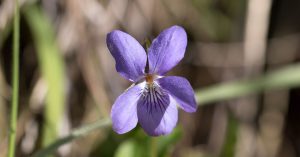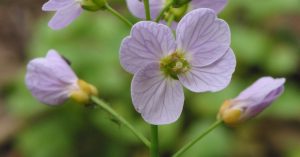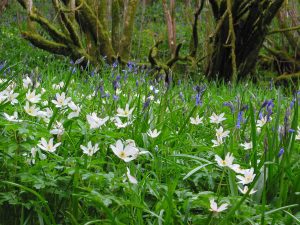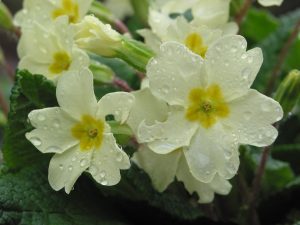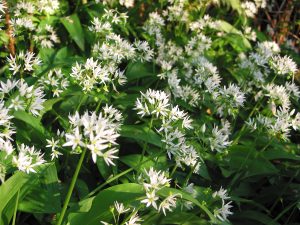Printed from: https://finalhbks.asgoodasready.com/wildflowers/common-dog-violet/
The Common Dog-violet is so called due to its lack of perfume – the word ‘dog’ being used to mean it was considered inferior to the Sweet Violet (Viola odorata), its close relative, which is quite fragrant. It is often found in deciduous woodland, hedgerows and old pastures and is not considered to be threatened. […]

